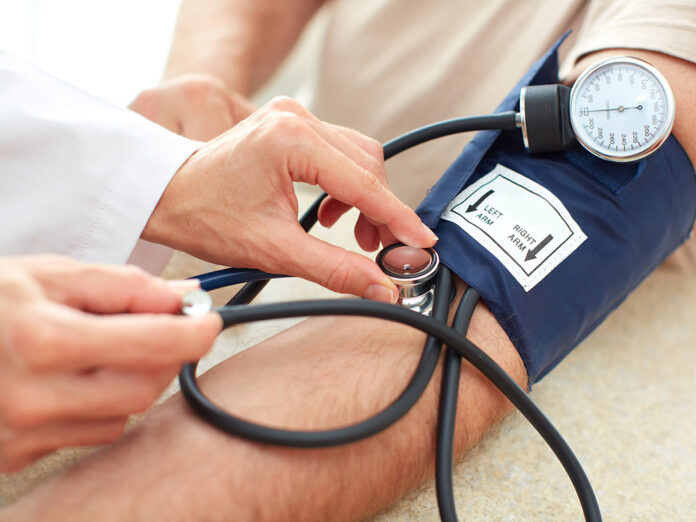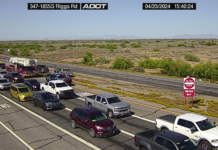
The first American Heart Month was marked in February 1964 following President Lyndon B. Johnson’s proclamation on Dec. 30, 1963. At that time, more than half the deaths in the United States were caused by cardiovascular disease.
Since February 2004, February has been the signature month for the American Heart Association’s Go Red for Women campaign and the message that heart disease is not only a man’s problem.

Cardiovascular disease, which includes heart disease and stroke, causes 17.9 million deaths each year and remains the leading global cause of death. The heart does more physical work than any other muscle in the body, pumping 2,000 gallons of blood per day. Over the course of a 70-year-old’s life, the heart beats more than 2.5 billion times.
Most heart attacks start slowly, with mild pain or discomfort, and occur when there is not enough blood flow to the heart due to narrowed or blocked arteries.
Arteries can become blocked when there is a buildup of fat, cholesterol or other substances that can form plaque. Often people experiencing these symptoms aren’t sure what is happening and may wait too long before getting help. One in five heart attacks occurs without the person knowing they had one.
AHA advises people to learn the signs of heart attack and remember, even if you’re not sure it’s a heart attack, have it checked out. Minutes matter. Calling 911 is almost always the fastest way to get lifesaving treatment.
A few lifestyle changes will make you healthy and fit and may prevent a heart attack or stroke, including eating more whole grains (to help lower cholesterol), fruits and vegetables, poultry and fish; eating less red meat; using less salt; exercising regularly; and not smoking.
National Wear Red Day is Feb. 5. Join AHA in wearing red to raise awareness about heart health.
KNOW THE WARNING SIGNS
The American Heart Association (AHA) has issued these heart attack warning signs:
• Discomfort in the center of the chest lasting more than a few minutes. You may feel an uncomfortable pressure, squeezing, fullness or pain.
• Discomfort in other areas of the body such as arms, back, jaw or stomach
• Shortness of breath
• Breaking out in a cold sweat, nausea or lightheadedness
Joan Koczor is a senior advocate and a member of the Age-Friendly Maricopa Advisory Board.
602-414-5353, American Heart Association
This column appeared in the February issue of InMaricopa magazine.

![MHS G.O.A.T. a ‘rookie sleeper’ in NFL draft Arizona Wildcats wide receiver Jacob Cowing speaks to the press after a practice Aug. 11, 2023. [Bryan Mordt]](https://www.inmaricopa.com/wp-content/uploads/2024/04/cowing-overlay-3-218x150.png)




![Maricopa’s ‘TikTok Rizz Party,’ explained One of several flyers for a "TikTok rizz party" is taped to a door in the Maricopa Business Center along Honeycutt Road on April 23, 2024. [Monica D. Spencer]](https://www.inmaricopa.com/wp-content/uploads/2024/04/spencer-042324-tiktok-rizz-party-flyer-web-218x150.jpg)





![Alleged car thief released without charges Phoenix police stop a stolen vehicle on April 20, 2024. [Facebook]](https://www.inmaricopa.com/wp-content/uploads/2024/04/IMG_5040-218x150.jpg)

![MHS G.O.A.T. a ‘rookie sleeper’ in NFL draft Arizona Wildcats wide receiver Jacob Cowing speaks to the press after a practice Aug. 11, 2023. [Bryan Mordt]](https://www.inmaricopa.com/wp-content/uploads/2024/04/cowing-overlay-3-100x70.png)


